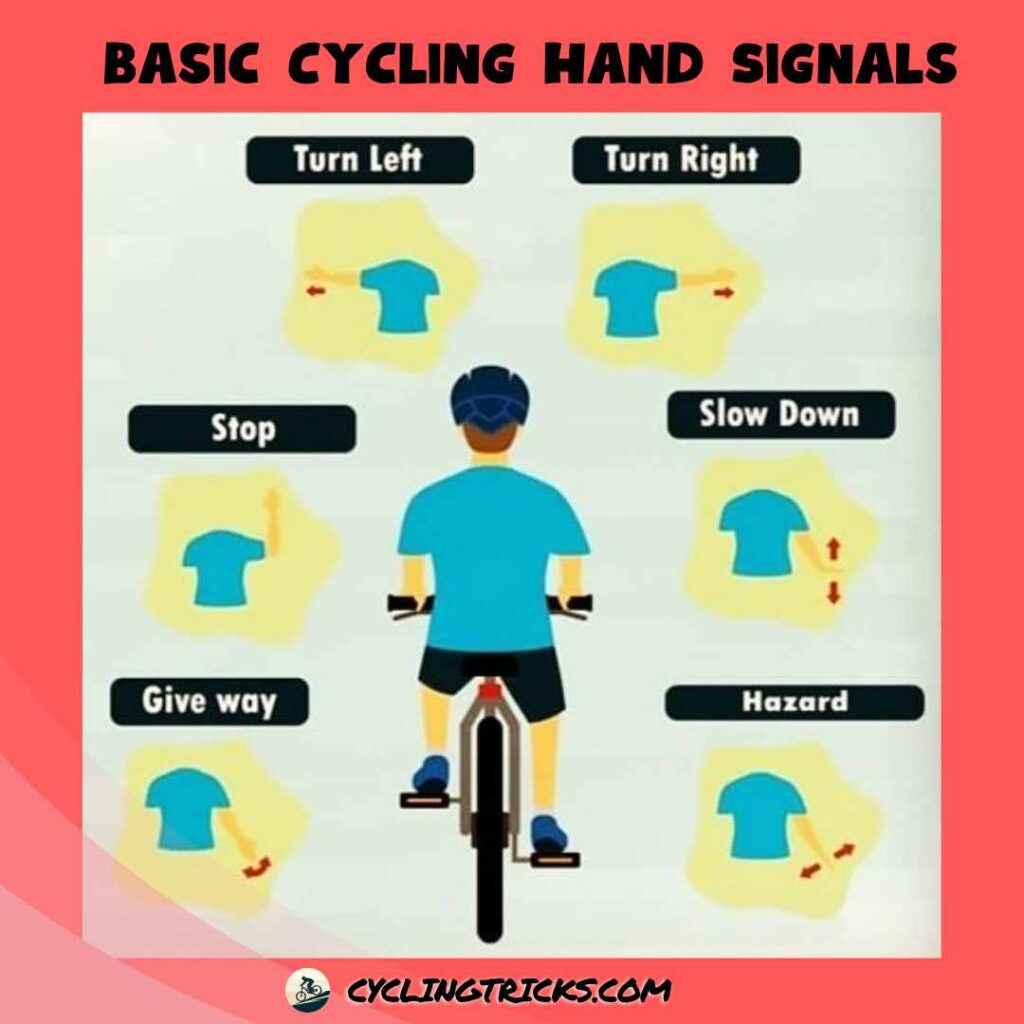Are you planning to go for a bike ride on shared paths? It’s essential to understand the rules of cycling etiquette to ensure a safe and enjoyable experience for all. By following these do’s and avoiding the don’ts, we can create a harmonious environment on shared paths.
Key Takeaways:
- Understand and practice proper cycling etiquette to enhance your riding experience.
- Follow the fundamental rules and guidelines of cycling etiquette, including safe riding practices and communication with others.
- Be respectful of pedestrians and maintain a respectful distance from them.
- Respect other cyclists’ space and pace to create a positive cycling community.
- Prioritize safety by following helmet and traffic laws to promote a safer environment.
The Basics of Cycling Etiquette
When it comes to cycling, understanding and following proper etiquette is essential for creating a safe and enjoyable experience for everyone.
Here, we will cover the fundamental rules and guidelines of cycling etiquette, including how to ride safely, signal your intentions, and interact with other cyclists and pedestrians.
By following these basics, you can help promote a harmonious environment on shared paths.
Cycling Rules
Knowing the rules of the road is crucial for ensuring your safety while cycling. Always ride on the right side of the road and follow traffic signals and signs. When cycling in a group, never ride more than two abreast and always maintain a safe distance from other cyclists and cars. Additionally, refrain from using headphones or other devices that may distract you while cycling.
Bike Etiquette
Practicing proper bike etiquette is just as important as following cycling rules. Always yield to pedestrians and signal your intentions when passing or making turns. When overtaking other cyclists, give yourself plenty of room and let them know when you’re passing. If you’re riding in a group, communicate with hand signals or verbal cues to ensure everyone stays safe and on the same page.
Cycling Safety
Safety should always be your top priority when cycling. Wear a properly fitted helmet and make sure your bike is in good condition before you ride. Use lights and reflectors to increase your visibility, especially when cycling at night or in low-light conditions.
Always observe traffic laws and be aware of your surroundings, including other cyclists, pedestrians, and cars.
Recommended Articles:
- Safety Tips for Cycling in Bad Weather
- Essential Tips for Cycling with Kids
- How to Navigate Traffic Safely on Your Bicycle
- The ABCs of Bike Safety: Air, Brakes, and Chains
Sharing the Road with Pedestrians
When cycling on shared paths, it’s essential to follow proper cycling etiquette when interacting with pedestrians to ensure everyone’s safety and enjoy a positive experience. To promote harmony on shared paths, consider following these guidelines:
Polite Passing
When passing pedestrians, give them enough space to move comfortably. Bike passing can be done on the left or right side, depending on the situation. Signal your intention by saying, “passing on your left” to help reduce confusion. Here are some cycling hand signals to use when you want to pass or change lanes:

| Cycling Signals | What it means |
|---|---|
| Left arm extended straight out | I am passing on the left |
| Right arm extended straight out | I am passing on the right |
| Left arm extended, elbow bent | I am turning left |
| Right arm extended, elbow bent | I am turning right |
Maintaining a Respectful Distance
Give pedestrians ample space when cycling behind them, as sudden movements can startle them. Slow down and maintain a respectable distance to avoid collisions. Be particularly cautious around children and pets who may not be familiar with biking etiquette.
Remember, being considerate on shared paths helps create a safer and more pleasant experience for everyone. By following these tips, you can ensure a respectful and enjoyable experience on all of your cycling adventures.
Interacting with Other Cyclists
When cycling in a group, it’s essential to follow proper cycling behavior and guidelines to create a safe and enjoyable environment for everyone. Here are some tips for interacting with other cyclists:
- Respect personal space: maintain a safe distance when riding behind or beside other cyclists. Avoid overlapping wheels, sudden stops, or swerves.
- Communicate effectively: use hand signals or verbal cues to indicate turns, stops, or obstacles ahead. A clear and timely message will help prevent accidents on the road.
- Overtake carefully: when passing other cyclists, give a clear warning by saying “on your left/right” or ringing a bell. Pass slowly and smoothly, without causing any sudden movements.
- Be patient: if you’re riding at a faster pace than other cyclists, wait for a suitable moment to overtake or offer to ride at a slower pace for a while.
Cycling Courtesy
Cycling courtesy is a essential part of creating a positive community for all. Here are some tips for showing cycling courtesy:
- Say hello: a friendly greeting can go a long way in creating a welcoming environment for all cyclists.
- Share the path: be mindful of other users on the road, including pedestrians, runners, and skaters. Slow down and give them plenty of space so they can feel safe and respected.
- Be aware of noise: avoid excessive yelling or honking that can disrupt other cyclists or scare animals nearby. Keep noise levels at a minimum to create a peaceful atmosphere on the road.
Cycling Guidelines
Following proper cycling guidelines ensures that you stay safe while enjoying your ride. Here are some guidelines to keep in mind:
- Wear appropriate gear: always wear a helmet and reflective clothing, especially when cycling at night or in low-light conditions.
- Observe traffic laws: follow all traffic signals and signs, including stop signs, red lights, and yield signs. Ride on the right side of the road and use hand signals to indicate turns.
- Maintain your bike: keep your bike well-maintained with regular tune-ups and inspections. Check brakes, tires, and gears before each ride to ensure peak performance.
By following these cycling guidelines and practicing proper cycling behavior and courtesy, you can create a positive and safe environment for everyone on the road.
Navigating Road Bike Etiquette
When it comes to road biking, following proper etiquette is crucial for both your safety and the safety of others. One of the most important things to remember is which side of the road to bike on. In the United States, cyclists should always ride on the right side of the road, in the same direction as traffic. This ensures that you’re visible to drivers and can anticipate any potential hazards.
However, simply biking on the right side of the road is not always enough. While it may be tempting to hug the edge of the road to avoid traffic, this can actually be dangerous. Instead, try to ride about three feet away from the curb. This gives you enough space to maneuver around obstacles and stay visible to drivers.
Intersections can be especially tricky to navigate while road biking. Always use hand signals to communicate your intentions to drivers, and make sure to look both ways before proceeding. If you’re turning left, merge into the left lane and make your turn from there. If you’re going straight, continue riding on the right side of the road.
| Safety Tip | Explanation |
|---|---|
| Wear a helmet | Protect your head and brain from injury in case of a fall or collision. |
| Use lights at night | Ensure that you’re visible to drivers in low-light conditions. |
| Obey traffic laws | Stop at stop signs and red lights, and follow the same laws as drivers. |
By following these simple tips, you can ensure a safe and enjoyable road biking experience for you and those around you. Remember to always practice proper road bike etiquette and prioritize safety above all else.
Bike Trail Etiquette
When riding on bike trails, it is crucial to keep in mind the specific rules and guidelines regarding cyclist behavior. Following these guidelines ensures a safe and pleasant experience for all trail users.
Speed Control
When cycling on bike trails, it’s essential to maintain a safe and controlled speed. Be aware of other trail users and avoid cycling at excessive speeds, particularly when approaching crowded areas or blind corners. Always slow down when passing other cyclists or pedestrians and be ready to stop at a moment’s notice to avoid collisions.
Yielding to Other Trail Users
As a cyclist on a shared bike trail, it’s essential to correctly yield to other trail users, including pedestrians, rollerbladers, and skateboarders. Always announce your presence when approaching others either with a ding of a bike bell or verbally, and be courteous. When passing others, pass safely at a slow pace and leave plenty of room for them.
Maintaining the Cleanliness of the Trail
One of the most crucial bike trail etiquettes is keeping the trail clean and free of litter. Never throw trash or food waste on the trail but carry it with you until you find a garbage can. Keep the trail enjoyable for everyone by leaving no trace.
Bike Safety and Regulations
As a cyclist, it’s crucial to follow bike safety regulations and guidelines to ensure your safety and the safety of others. Some of the essential safety measures you should observe include:
Wearing a Helmet
Wearing a helmet is the simplest and most effective way to prevent head injuries. Be sure to pick a type of helmet that fits well and meets safety standards.
Using Lights and Reflectors
Using lights, and reflectors (reflective tapes) helps increase your visibility, especially during low-light conditions. Attach a white light on the front of your bike, a red light on the back, and reflectors on your pedals, wheels, and back.
Observing Traffic Laws
Bicycles are considered vehicles in most states, which means you should follow the traffic laws, signals, and signs like any other vehicle. Understand your local laws and observe them diligently to avoid collisions and accidents.
Staying Visible and Alert
Stay visible by riding in well-lit areas, wearing reflective clothing, and using hand signals to communicate with other road users. Avoid riding with headphones or anything that could limit your hearing and awareness of your surroundings.
By observing these safety regulations and guidelines, you can enjoy your cycling experience while minimizing the risk of accidents and injuries.
FAQ
How should I pass pedestrians when cycling?
When passing pedestrians while cycling, it is essential to do so politely and safely. Slow down, announce your presence verbally or with a bell, and pass on the left at a safe distance, giving pedestrians ample room.
How should I interact with other cyclists on the road?
Interacting with other cyclists requires proper behavior and courtesy. When riding in a group, be mindful of the space you occupy and communicate effectively. When overtaking other cyclists, announce your intention and pass on the left, giving them enough room.
Which side of the road should I bike on?
In the United States, cyclists should ride on the right side of the road, following the flow of traffic. This helps ensure visibility and predictability for both cyclists and motorists.
What should I know about biking on trails?
When biking on trails, it’s important to control your speed, yield to pedestrians and slower cyclists, and be mindful of the trail’s cleanliness. Maintain a safe distance from others, and avoid excessive speed that can compromise safety for yourself and others.
How can I practice good cycling etiquette as a beginner?
As a beginner, start by familiarizing yourself with basic cycling rules and signals. Be attentive to others on the road, maintain a safe distance from pedestrians and other cyclists, and always prioritize safety. As you gain experience, continue learning and practicing good cycling etiquette.
Conclusion
As a cyclist, it’s essential to understand and practice proper cycling etiquette to ensure a safe and enjoyable experience for everyone on shared paths. By following the do’s and avoiding the don’ts, we can create a harmonious cycling community and foster a positive environment for all.
Remember to always prioritize safety while enjoying your bike rides. Here are some best practices for cycling etiquette:
- Always wear a helmet to protect your head in case of an accident.
- Use hand signals to communicate your intentions, such as turning or stopping.
- Respect other cyclists’ pace and space when riding in groups.
- Yield to pedestrians and slow down when passing them.
- Observe traffic laws, including stopping at stop signs and traffic lights.
- Maintain the cleanliness of the trails and dispose of trash properly.
Remember that practicing good cycling etiquette not only promotes safety but also ensures the enjoyment of the sport for all. By following these biking etiquette tips, we can create a positive and respectful cycling community. Happy riding!







